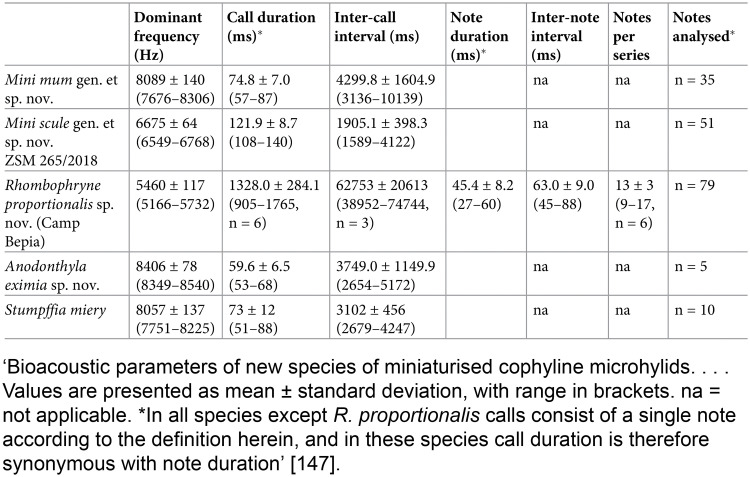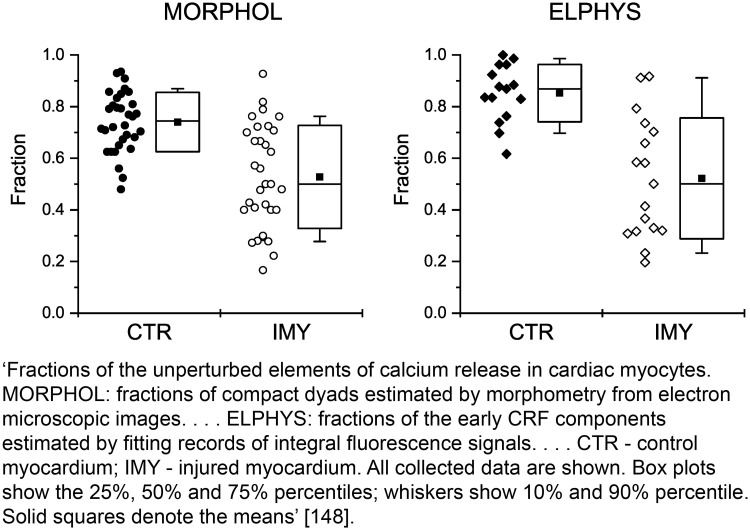10a. Summary/Descriptive Statistics per group
What to write
For each experiment conducted, including independent replications, report a summary/descriptive statistics for each experimental group, with a measure of variability where applicable (e.g., mean and SD, or median and range).
Explanation
Summary/descriptive statistics provide a quick and simple description of the data; they communicate quantitative results easily and facilitate visual presentation. For continuous data, these descriptors include a measure of central tendency (e.g., mean, median) and a measure of variability (e.g., quartiles, range, standard deviation) to help readers assess the precision of the data collected. Categorical data can be expressed as counts, frequencies, or proportions.
Report data for all experiments conducted. If a complete experiment is repeated on a different day or under different conditions, report the results of all repeats rather than selecting data from representative experiments. Report the exact number of experimental units per group so readers can gauge the reliability of the results (see Item 2. Sample size and Item 3. Inclusion and exclusion criteria). Present data clearly as text, in tables, or in graphs, to enable information to be evaluated or extracted for future meta-analyses1. Report descriptive statistics with a clearly identified measure of variability for each group. Figure 1 shows data summarised as means and standard deviations and, in brackets, ranges. Box plots are a convenient way to summarise continuous data, plotted as median and interquartile range, as shown in Figure 2.
Examples


Training
The UK EQUATOR Centre runs training on how to write using reporting guidelines.
Discuss this item
Visit this items’ discussion page to ask questions and give feedback.